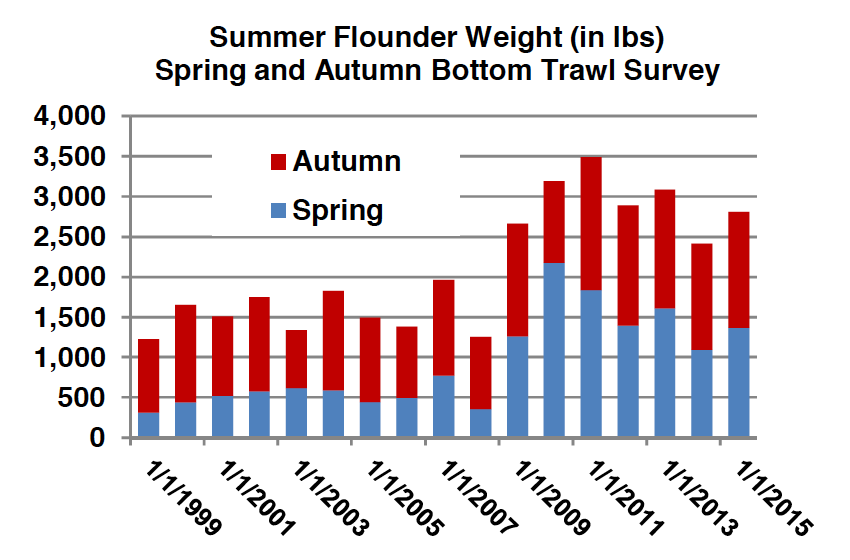October 7, 2021 — The following was released by NOAA Fisheries:
NOAA Fisheries is moving away from paper vessel trip reporting requirements in the Greater Atlantic Region. Beginning on November 10, 2021, most fishermen permitted to fish federal marine waters from Cape Hatteras, North Carolina to the Canadian border will be required to submit their vessel trip reports electronically. They must be submitted to NOAA Fisheries within 48 hours of the conclusion of a fishing trip. The new reporting requirement applies to all federally permitted vessels except those holding only a permit for American lobster.
There is a wealth of information for fishermen making the transition from paper to electronic reporting, including a number of detailed tutorials and recordings of previously held training webinars. Learn more and watch a new short video on how to use the new eVTR app on our website.
If you have additional questions about electronic reporting requirements in the Greater Atlantic region:
•Contact the Industry Support Line at (978) 281-9188.
•Contact your local Port Agent.
Read the full release from the NOAA Fisheries


